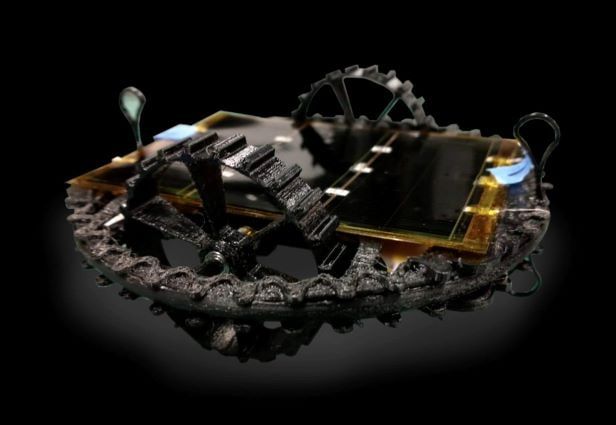Mexico's COLMENA Pushes the Limits of Space Robotics with Lunar Mission
Tiny Mexican robots, COLMENA, bravely hop on the first lunar mission, pushing tech and scientific boundaries. Trained by young minds, they'll study the harsh lunar environment and dust, paving the way for future moon settlements. Mexico's space race is on.

In a feat of Latin American ingenuity that's as audacious as it is adorable, Mexico has launched its first mission to the Moon. Forget hulking lunar landers and hulking astronauts; this cosmic caper stars a fleet of five micro-robots, each smaller than a tennis ball, on a mission to unravel the mysteries of the Moon's dusty coat.
COLMENA, aptly named after the Spanish word for “beehive,” is a swarm of five 12-centimeter, 60-gram robots buzzing with scientific curiosity. Built by a team of 250 young space bees at the National Autonomous University of Mexico (UNAM), these tiny trailblazers are equipped to withstand the harsh lunar environment and delve into the secrets of the regolith, the Moon's powdery surface.




